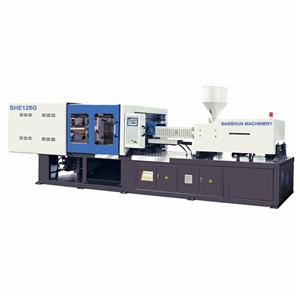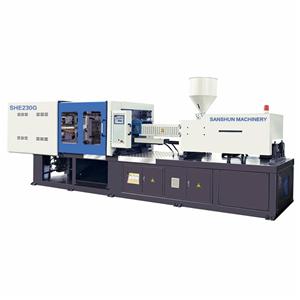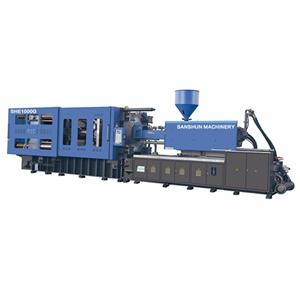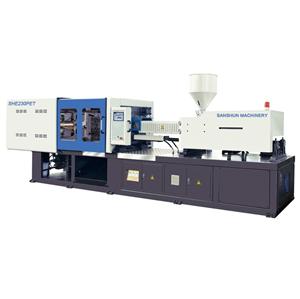- Home
- >
- News & Resources
- >
- Our Blog
- >
- How to heat the injection mold?
Mold temperature is the most important variable in injection molding-no matter what kind of plastic is injected, it is necessary to ensure that the mold surface is basically cool. A hot mold surface keeps the plastic surface liquid for a long time, enough to build up pressure in the cavity.
On the other hand, if the plastic entering the cavity under low pressure is suspended, no matter how short the time, then its slight contact with the metal will cause stains, sometimes called gate stains.
For each type of plastic and plastic parts, there is a limit for the surface temperature of the mold. If this limit is exceeded, one or more adverse effects may occur (for example, components can overflow with burrs). Higher mold temperature means lower flow resistance.
On many injection molding machines, this naturally means faster flow through the gate and cavity, because the injection flow control valve used does not correct this change, and faster filling will cause a higher efficiency in the runner and cavity pressure.
May cause flashing and burrs. Since the hotter model does not freeze the plastic that enters the flash edge area before the high pressure is formed, the molten material can flash around the ejector rod and overflow into the dividing line gap. This shows the need for good injection rate control, and some modern flow control programmers can indeed do this.
Generally, the increase of mold temperature will reduce the condensation layer of plastic in the cavity, and make the molten material flow more easily in the cavity, so as to obtain greater part weight and better surface quality. At the same time, the increase in mold temperature will increase the tensile strength of the parts.
Mold insulation method
Many molds, especially engineering thermoplastics, operate at relatively high temperatures, such as 80 degrees Celsius or 176 degrees Fahrenheit. If the mold is not insulated, the heat lost to the air and injection molding machine can easily be as much as the injection cylinder.
Therefore, it is necessary to insulate the mold-frame board, and if possible, insulate the surface of the mold from heat. If you consider using a hot runner mold, try to reduce the heat exchange between the hot runner part and the cooled injection part. This method can reduce energy loss and warm-up time.







